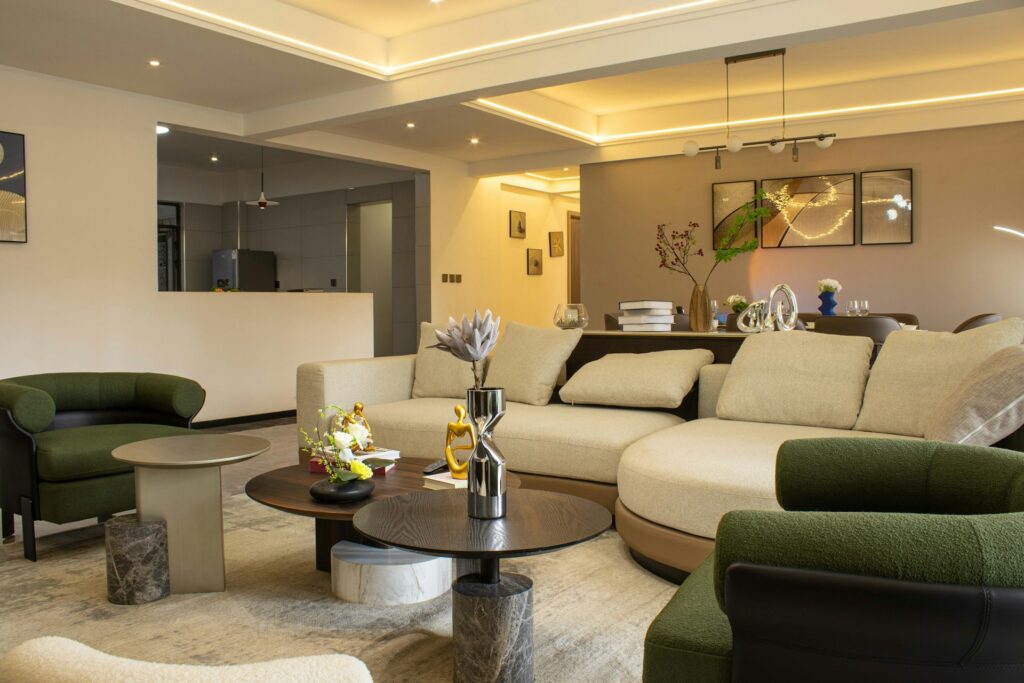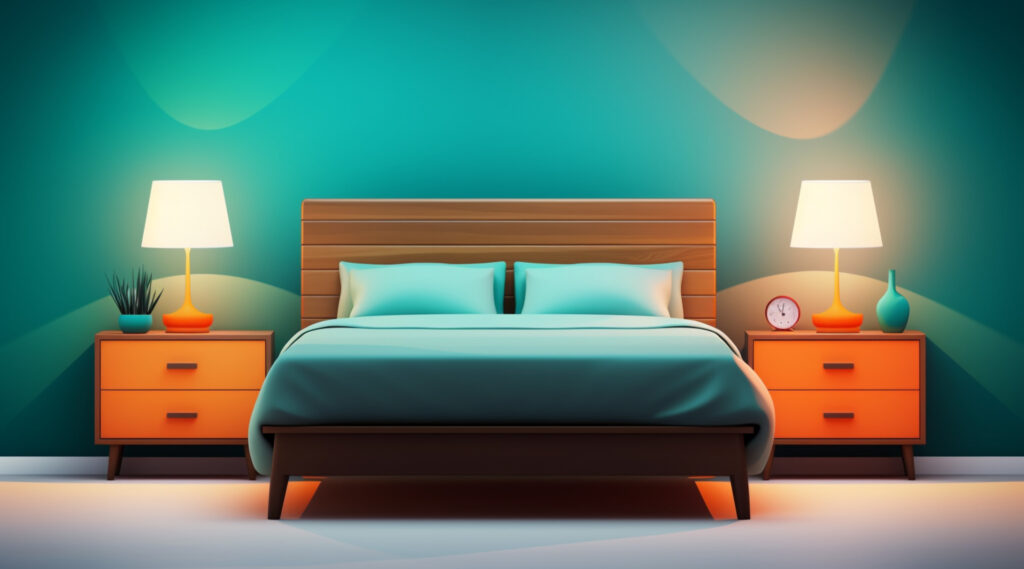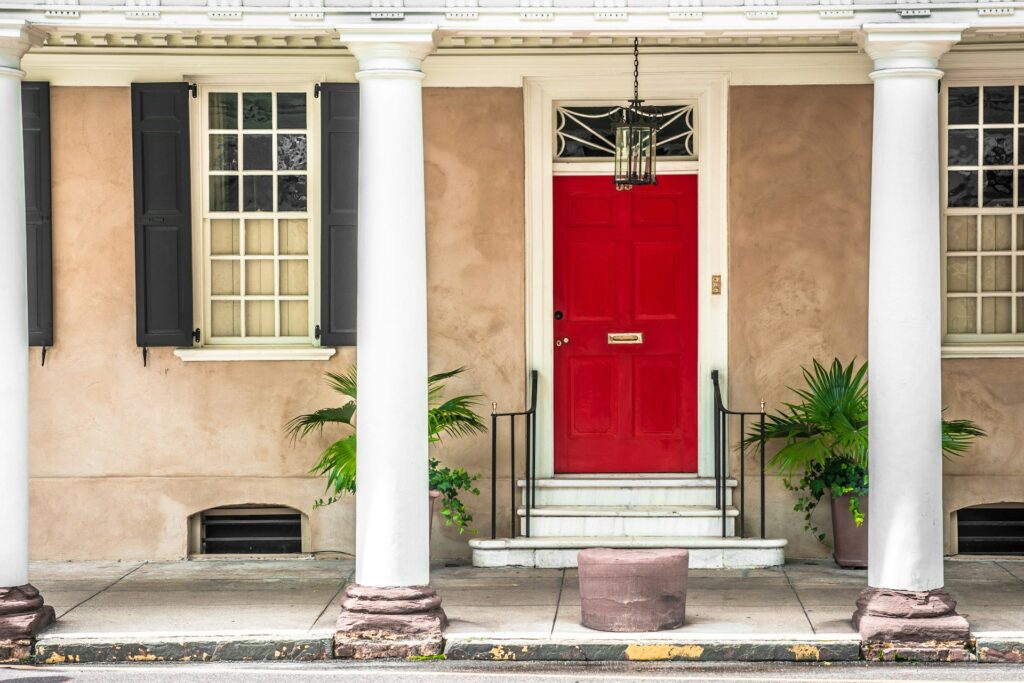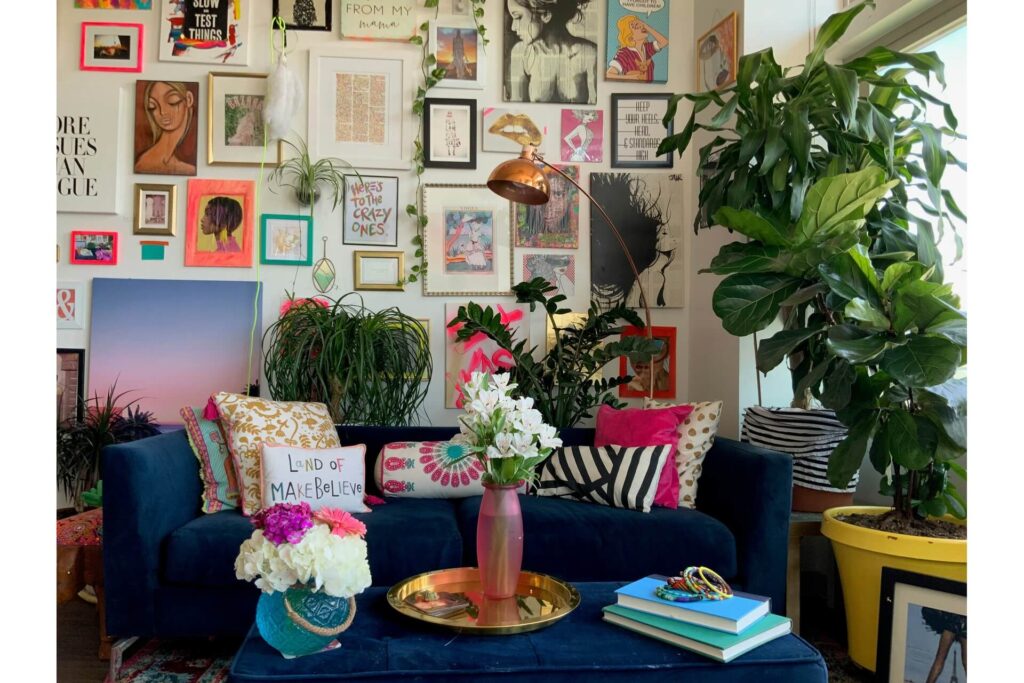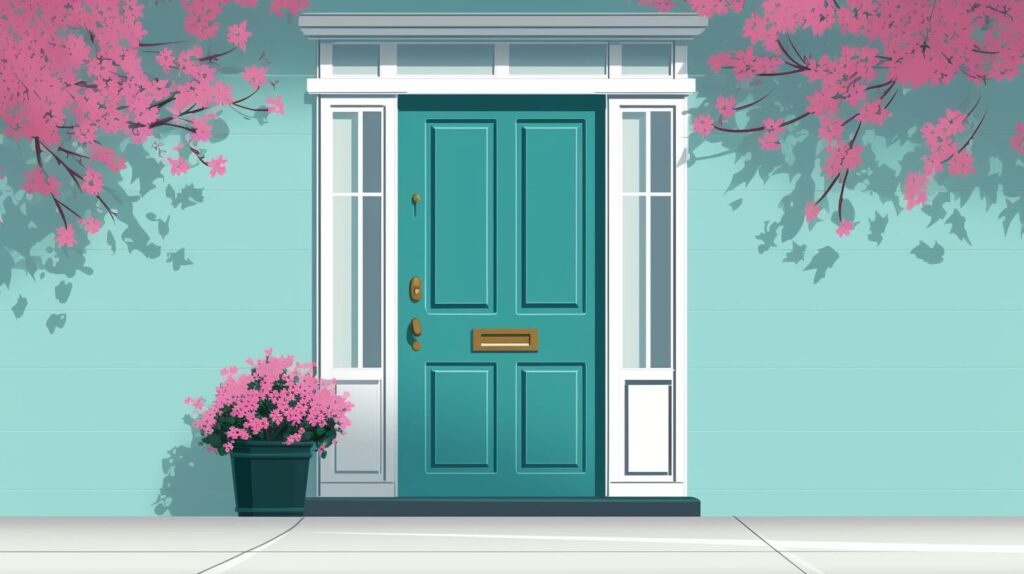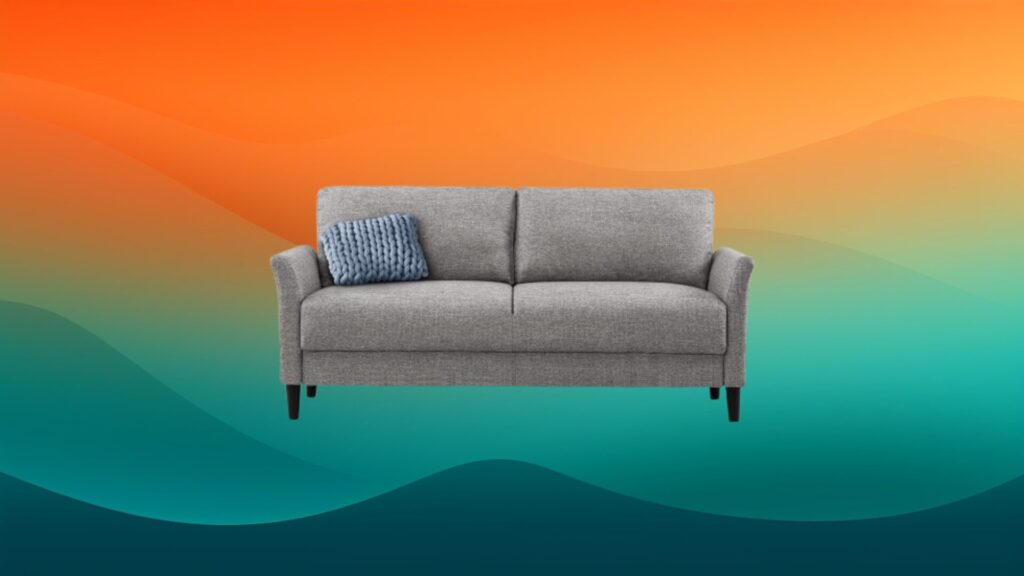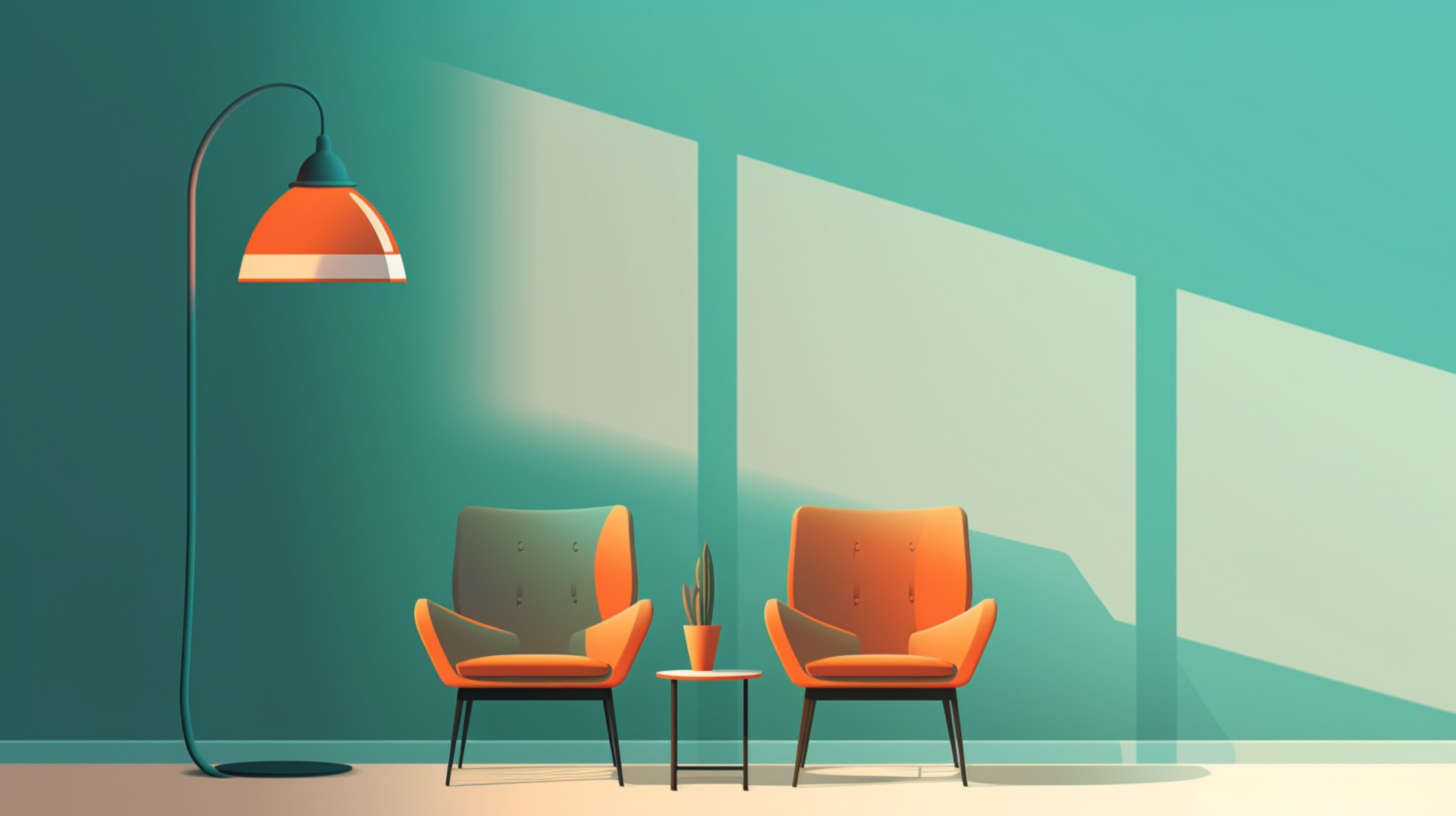
We are reader-supported. When you buy through links on our site, we may earn an affiliate commission.
Today’s society often encourages excess and overconsumption, but the concept of minimalist living has gained significant traction as a refreshing alternative. Minimalism isn’t just a design aesthetic but a lifestyle promoting simple, intentional living.
What Is Minimalist Living?
Minimalist living is a lifestyle philosophy characterized by simplicity, intentionality and a conscious effort to reduce excess in various aspects of your life. The primary goal is to focus on what truly matters, stripping away non-essential elements to create space for more meaningful experiences, relationships and personal growth. It’s about making a conscious choice to live with less.
Minimalism encourages individuals to break free from the cycle of mindless consumption and instead focus on the important things in life. This lifestyle doesn’t only include physical things but can also include mental and emotional aspects as well.
The key principles of minimalism include:
- Simplicity: Minimalism is about reducing the unnecessary and embracing simple things. This applies to both material possessions and lifestyle choices.
- Intentionality: Every item, activity or relationship should serve a purpose and bring joy and value to your life. Being intentional helps you avoid accumulating things or engaging in activities that don’t align with your core values.
- Mindfulness: Minimalist living encourages mindfulness in all aspects of life. Whether it’s making purchases, organizing your home, creating a budget or managing your time, being present and intentional fosters a more meaningful existence.
How to Make Minimalism Part of Your Routine
Making minimalism part of your life can lead to greater clarity, reduced stress and a heightened sense of fulfillment. Here are some tips to help you integrate this practice into your daily routine:
Regularly Declutter
Regularly decluttering is a habit that’ll make your life so much easier. It’s not just about tossing out unused items — it’s also a chance to curate your surroundings, keeping items that resonate with you and maintaining a sense of order in your space. Ensure that each possession you decide to keep holds genuine value and serves a purpose in your life. By consistently evaluating and simplifying your surroundings, you create a clear space, reducing visual and mental clutter.
When decluttering, make it a habit to do the following:
- Throw out any expired food and donate any non-perishables you know you won’t eat.
- Get rid of any kitchen appliances collecting dust.
- Invest in a toy box if you have kids, and keep all toys in that one space.
- Get rid of any doubles like whisks, ice cream scoops, potato peelers or can openers.
- Throw out expired or unused toiletries.
- Digitalize movies, music and photos.
- Donate books you know you won’t reread.
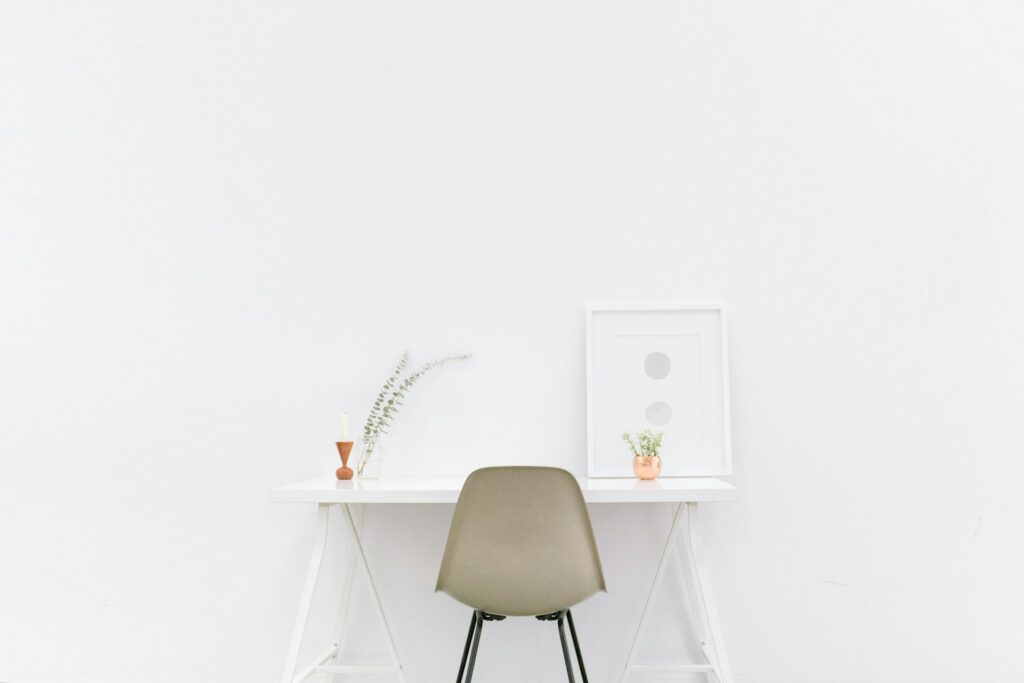
Bring Less Into Your Space
Think carefully about any new items you bring into your home. Bringing less into your space is a main focus of minimalist living involving mindful and intentional consumption. Instead of succumbing to the temptation of impulse buying, consider each purchase carefully, focusing on necessity and quality. Here are some questions to ask yourself before swiping your card:
- Do I really need this?
- Will this add value to my life?
- Can I actually afford it?
- Is this a well-made, quality item?
- Do I have a similar item already?
- Do I have space to store it?
- How often will I use it?
- Can I borrow or rent it instead?
- What is its environmental impact?
- Can I wait before making this purchase?
Another great rule to implement is “one in, one out.” For every new item you bring into your home, consider getting rid of another.Adopting a more discerning approach to acquiring possessions prevents accumulating unnecessary items, contributing to a less cluttered and more purposeful environment.
Prioritize Experiences
Collect moments, not things. Possessions often bring us temporary happiness until we find the next item to bring us joy. Experiences create lasting memories that you can look back on. You cultivate a richer, more fulfilling life by allocating resources and time to meaningful activities and relationships. This shift in focus encourages personal growth, creates special memories and fosters a sense of gratitude for the intangible aspects of life that bring us true happiness.
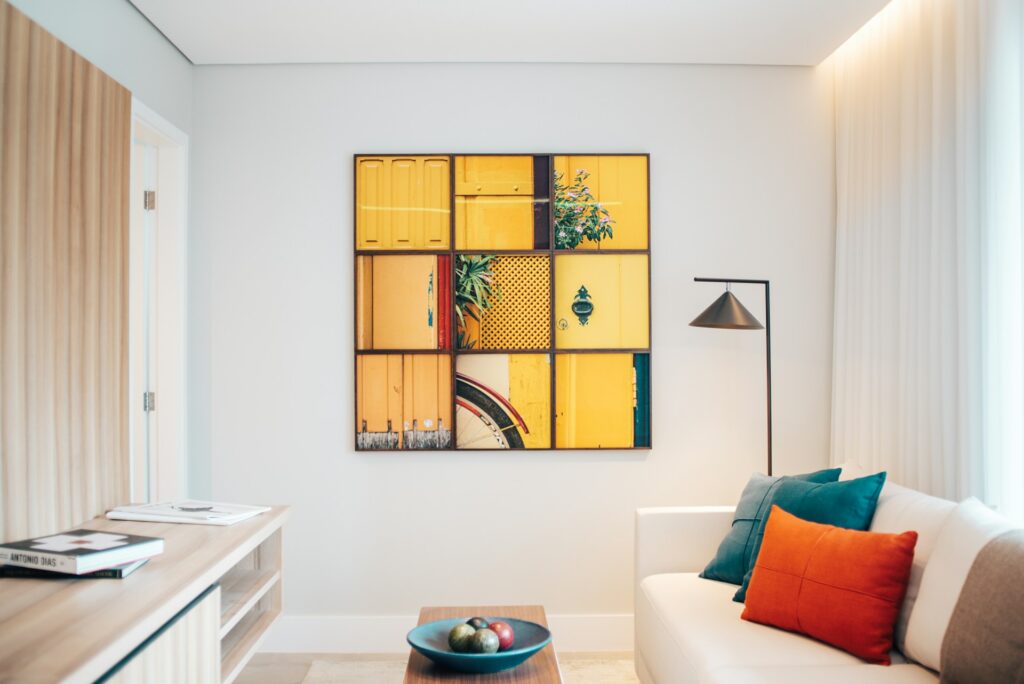
Buy Things You Can Reuse
Buying things you can reuse aligns with most minimalist and sustainable living practices. Choosing products you can reuse or repurpose reduces waste and encourages mindful consumption. This approach promotes a more responsible and environmentally friendly lifestyle, reflecting a commitment to minimizing your ecological footprint.
Invest in these items to reduce waste and declutter:
- Reusable water bottles
- Cloth shopping bags
- Stainless steel, bamboo or glass straws
- Reusable coffee cups
- Refillable pens
- Glass crockery rather than paper plates
- Cloth napkins
- Glass or stainless steel food containers
- Rechargeable batteries
Give Everything a Place
Make sure each item has a designated space, making it easier to maintain order and locate things when you need them. This intentional organization fosters a sense of calm and simplicity, keeping things neat and tidy. Here are some starting points:
- Key hooks by the door
- Shoe rack or basket
- File organizer for important documents
- Jewelry tray or box
- Spice rack in the kitchen
- Bookshelves
- Cable organizers
- Toy box or basket for toys
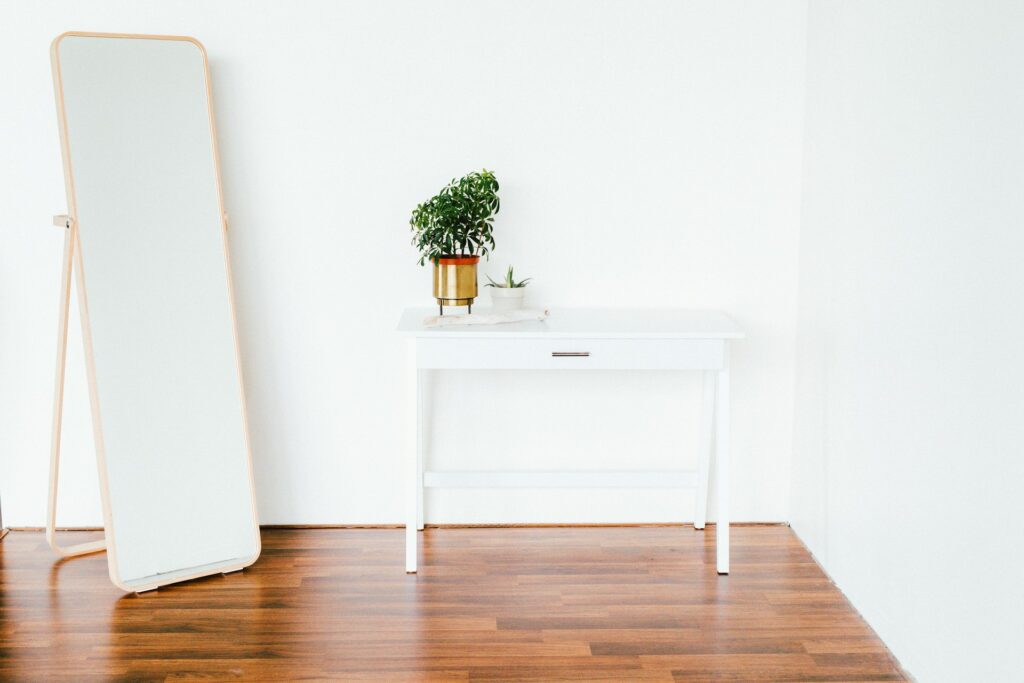
Create a Capsule Wardrobe
Falling victim to trends is a bad habit that can leave you with an overcrowded closet and a depleted bank account. Because of social media, some recent fashion trends last less than a year, with TikTok trends only making it three months, before consumers move on to the next.
Remember mesh bodysuits, knee-high sneakers, peplum tops or shirts covered in butterflies? You likely have at least one of those lying around in the back of your cupboard. These pieces were short-lived, but they’re now taking up precious space. Rather than falling victim to every viral fashion trend, invest in high-quality, staple items like:
- White T-shirt
- Dark denim jeans
- A-line pencil skirt
- White sneakers
- Black tailored pants
- Neutral-colored sweater
- Black leggings
- Classic trench coat
- Leather or faux leather jacket
- Black ankle boots
- Neutral-colored blouse
- Comfortable cardigan
- Classic heels
- Comfortable sandals
- White button-down shirt
- Plain tank tops
You can then build your outfits around these basic items, elevating them with a colorful bag, chunky jewelry or a cozy scarf.
Focus on What Truly Matters
Embracing minimalist living is a transformative journey that goes beyond tidying up your physical space. It’s about intentionally choosing a life centered around what genuinely matters, allowing you to create a more meaningful existence. By simplifying your surroundings and adopting minimalist principles, you can experience the freedom that comes from living with purpose and authenticity.


